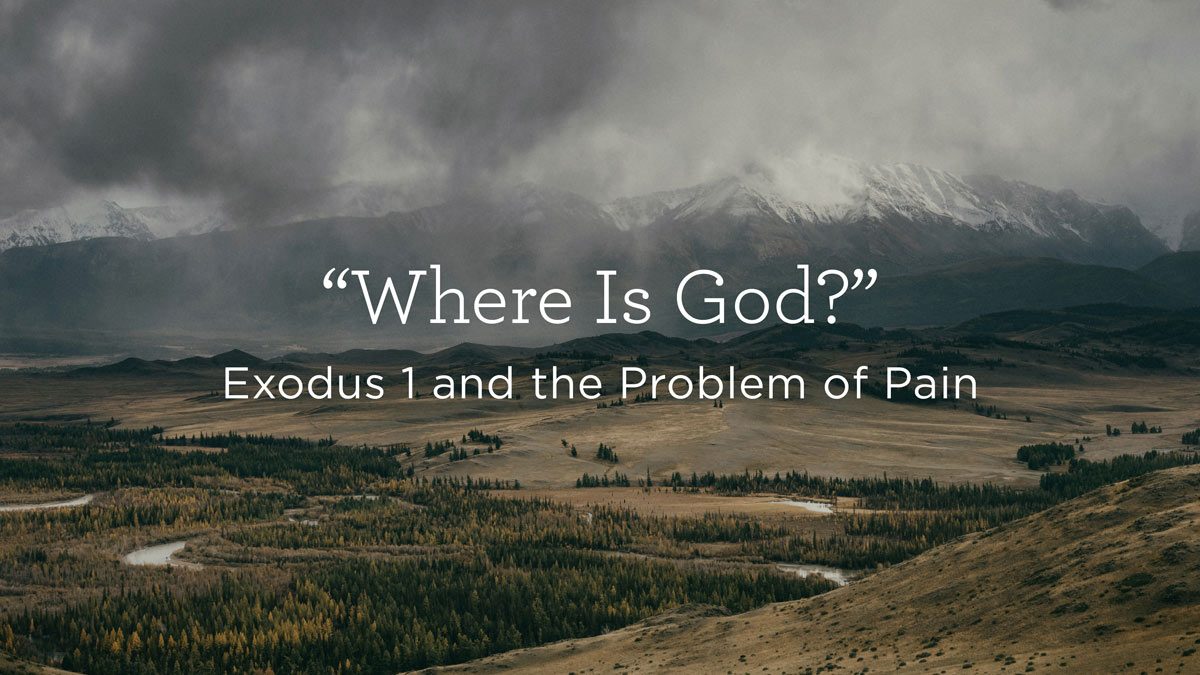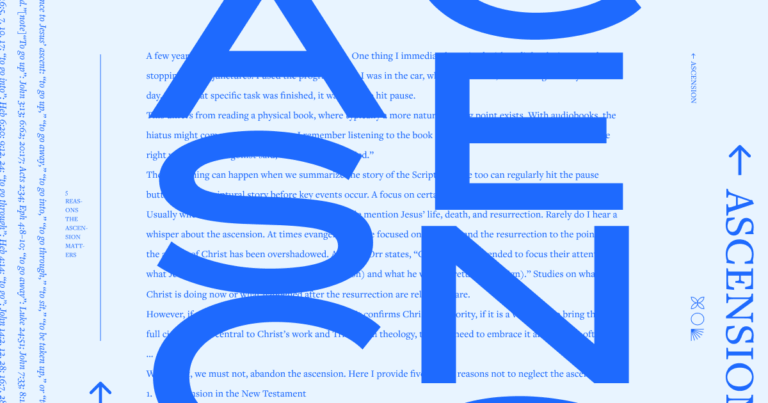Perrin, Andrew B. Lost Words and Forgotten Worlds: Rediscovering the Dead Sea Scrolls. Bellingham, Wash.: Lexham Academic, 2024. xxv+322 pp.; Hb.; $25.99. Link to Lexham Press
Andrew B. Perrin (PhD, McMaster University) is associate vice president of research at Athabasca University in Alberta, Canada. Previously, he was director of the Dead Sea Scrolls Institute at Trinity Western University and Canada research chair in religious identities of ancient Judaism. He previously published a revision of his doctoral thesis, The Dynamics of Dream-Vision Revelation in the Aramaic Dead Sea Scrolls (JAJSup 19; Vandenhoeck and Ruprecht, 2015). In 2022, he published Horizons of Ancestral Inheritance: Commentary on the Levi, Qahat, and Amram Qumran Aramaic Traditions (Bloomsbury, 2022). While a graduate student at McMaster University, Perrin edited biblical Dead Sea Scrolls for Lexham Press (available through Logos Bible Software).
In the introduction, the parent discusses how we got interested in the Dead Sea Scrolls in the first place, and why the Dead Sea Scrolls are important for biblical studies. He does not consider this an academic book but a gift for non-academics. His goal is to present the best ideas about the Dead Sea Scrolls in a popular style. Think of this book as a kind of tour of the Dead Sea Scrolls.
The first three chapters introduced the contents of the scrolls, with a few samples from cave one, followed by the story of their discovery and publication. For the most part, this is the standard, well-known story.
Chapter 4 concerns the origins of the Scrolls. There are three issues with respect to the origin of the scrolls that need to be discussed in a book of this type. What is the relationship between the scenes, the site at Kuron, and the scrolls found in the nearby caves? Perrin begins with an introduction to ancient Jewish groups, such as the Pharisees, Sadducees, and Essenes. He compares what is known about Pharisees and Sadducees to various sectarian documents like Pesher Nahum. He concludes that the scrolls were not written by either the Pharisees or the Sadducees. This leaves the Essenes, the assumption of early scholarship on the Scrolls. He concludes the Essenes are a compelling candidate” (102), but we can’t be 100% certain (112). For this reason, he describes the Dead Sea Scrolls as “Essene-ish.”
Chapter 5 continues this theme by examining the archaeology of the site at Qumran. This section has excellent photographs and a good map of the eleven caves where scrolls were found. He follows Jodi Magness’s “revised chronology quote and discusses some of the distinctive features of Qumran, including the many mikvoth (pools for ritual baths) and the so-called “scriptorium.” This area was identified as a scriptorium by the original excavators based on three inkwells found in the room and a long table, which was assumed to be used for copying scrolls. However, contemporary scholarship has shown that ancient scribes did not work at tables like later scribes did.
Chapter 6 is really an introduction to the Old Testament textual criticism, although he avoids that technical term. Perrin briefly discusses copying ancient manuscripts and defines the Masoretic text, the Septuagint, and the Samaritan Pentateuch. Until the Dead Sea Scrolls were found, this was the only evidence available for determining the text of the Old Testament. He offers several excellent examples of how biblical manuscripts found at Qumran have helped scholars to determine difficult readings.
Chapter 7 deals with the issue of Canon, using the analogy of Star Wars. (Am I the only person who uses Star Trek as the analogy? This really doesn’t matter). This chapter deals with the various additions of the book of Jeremiah, as well as collections of the songs. He has an interesting section on the book of Daniel and the Prayer of Nabonidus, an apocryphal prayer in the Dead Sea Scrolls. The context of this prayer is similar to the story of Daniel 4, and Nebuchadnezzar’s prayer. In Chapter 8, Perrin discusses Aramaic apocalyptic texts at Qumran, including 1 Enoch, the Book of the Giants, and the Genesis Apocryphon. Perrin suggests these texts have great potential for rethinking how early Judaism developed in the period after the Hebrew canon.
Although chapter 9 begins with conspiracy theories generated by the Dead Sea Scrolls (such as the lurid headlines on supermarket tabloids), most of the material in this chapter concerns legitimate questions about how the Dead Sea Scrolls shed light on Christian origins. First, he discusses whether John the Baptist relates to the Essene community at Qumran. This is a common assumption. Tourists visiting Qumran will hear this suggestion in the orientation film in the visitor center. After examining Isaiah 40:1-3 and comparing it to how this text was used in the Dead Sea Scrolls, Perrin concludes, “surface level comparisons miss the point” (223). Second, he examines Jesus and early messianic expectations. Popular preaching often states that Jesus was not the Messiah that the Jewish people were looking for. They were looking for a David Warrior-King who would restore the kingdom to Israel. After examining examples of the Messiah in the Dead Sea Scrolls, he concludes that “the offer repeated idea that Jesus didn’t fit the model of a dominant Jewish hope for a characteristic messiah is misguided” (229). The problem is that there was no standard view that all Jews accepted. Third, this chapter examines 4QMMT and the “Works of the Law.” This phrase appears in 4QMMT and in Galatians 2:15-21. In this text, he refers to specific boundary markers that defined a Jewish person in the first century. After 4QMMT was published, Pauline scholars such as N. T. Wright and James Dunn drew analogies to Paul’s phrase. Perrin points out that 4QMMT predates Galatians, so Paul joins an ongoing conversation about the “works of the law.”
Conclusion: Perrin states in his introduction that he is not writing for an academic audience. This is a presentation of the Dead Sea Scrolls for a general Christian readership. The book is easy reading, filled with good humor, personal anecdotes, and pop cultural references. The endnotes point the way for readers interested in more detailed, scholarly work. The book is richly illustrated with full-color photographs to enhance the reading experience. Your parent does not shy away from controversy. Chapter 3 discusses the problem of forgeries. Whenever money is to be made, quality forgers will find willing victims. He names, names, including the Museum of the Bible, the Schøyen Collection, and the Southern Baptist Theological Seminary.
Perrin’s Lost Words and Forgotten Worlds is an excellent introduction to the study of the Dead Sea Scrolls.
NB: I appreciate Lexham Press’s generous offer of a review copy of this book, but this did not influence my thoughts about the work.

 1 month ago
28
1 month ago
28











 English (US) ·
English (US) ·